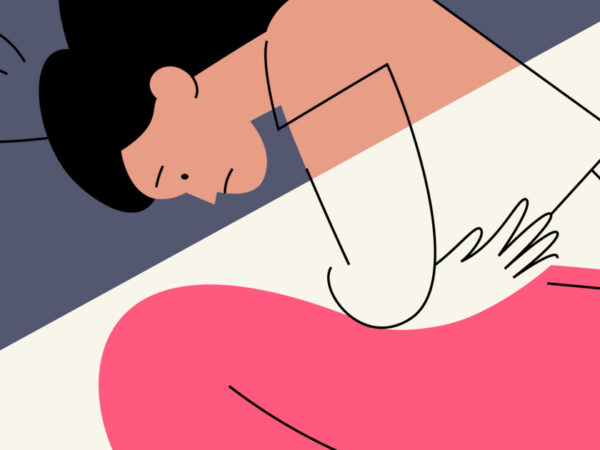Auto accidents can cause a myriad of traumatic injuries, from bone fractures to spinal complications. Some symptoms emerge gradually following an accident. Therefore, it helps to understand the common physiological problems that may occur. Here is an outline of health complications and potential auto injuries Colonia interventions.
Neck strain injuries or whiplash
Neck strain is one of the most common injuries associated with automobile accidents. It occurs when your head or neck is subjected to a sudden jerking movement.
The neck’s abrupt back-and-forth movements rupture the tendons and muscles in your neck. Whiplash is also prevalent among athletes, and to a later extent, as an occupational injury.
Some patients notice the pain hours or days after the automobile accident. But sometimes symptoms appear almost immediately. Nonetheless, the pain usually worsens with time, especially if the problem remains untreated.
The most common symptoms are tense muscles that may limit neck and shoulder movement. It is often accompanied by tenderness or tightness when looking over the shoulder.
Whiplash diagnosis
Your doctor will check your neck’s range of motion by touching and moving your head. The sensitivity of your shoulder and neck muscles may indicate the precise location of the injury. The diagnostic process will also involve assessing nerve damage by checking numbness and tingling in your limbs.
If necessary, your doctor may arrange for x-rays and MRI scans. Real-time test data can generate accurate images to evaluate neck and shoulder joint function.
Whiplash treatment options
The principal aim of whiplash therapy is to alleviate pain and restore the joint’s range of motion. You can apply a hot or cold pack and take a break to manage mild symptoms. Your doctor may also prescribe pain-relief medication.
Patients usually experience excruciating pain when there is nerve damage in the affected area. Epidural steroid injections can be a short-term pain relief option for severe pain. They contain ingredients to numb the pinched nerve and anti-inflammatory agents.
Other potential whiplash treatments may include:
- Physical therapy: The purpose of physical therapy is to restore the neck’s range of motion through exercise. Your neck’s limited movement can weaken muscles over time. Your physiotherapist may develop a set of exercises to perform at home.
- Massage: Neck and shoulder massage can also provide pain relief for neck strain. The hand movements facilitate blood circulation and relieve muscle and tendon tension. Massage not only relaxes the body to alleviate pain but also restores your neck’s range of motion.
- Neck braces: A neck brace is used for strengthening the neck muscles. The collar is usually fabricated according to your specific muscular and joint disorders. They provide effective support for the neck in the short term. But long-term use of the collar can weaken neck muscles.
- Surgery: Surgery is the last resort for whiplash treatment after exhausting other non-invasive options. It is recommended in severe cases, such as those involving spinal disc and tissue damage. A surgical procedure is necessary to alleviate pain and restore the neck’s range of motion.
If you have had an accident, visit your doctor at SamWell Institute for Pain Management to ensure you are on the right path to recovery.




